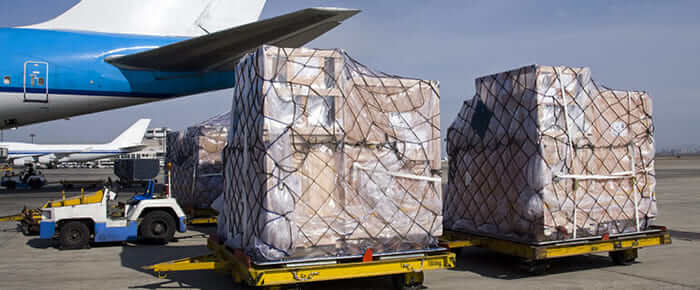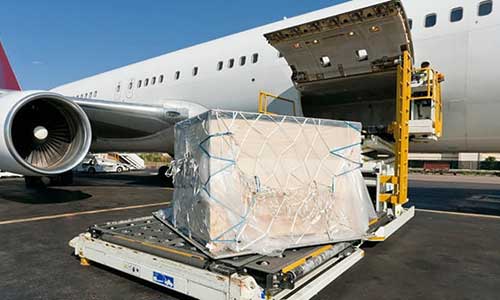Knowing what kind of goods can be checked on the plane, the next thing to do is to ask the freight forwarder for the latest flight information. The flight information usually includes the flight frequency (first journey, transfer), and the aircraft type (some special goods require large aircraft), For example, B768-408F), aircraft cabin (with dedicated cargo aircraft and passenger-cargo integrated aircraft), freight (and confirm various miscellaneous fees, surface fees, billing fees, fuel fees, etc.) and so on.

After the airline confirms the flight information, it signs a power of attorney, that is, a contract, with the freight forwarder, and at the same time, according to the freight forwarder’s requirements, it provides the corresponding documents as an example of the export procedure.
Foreign trade companies with import and export qualifications generally need to provide cargo packing lists, commercial invoices, and business contracts. There are also two issues involved in customs clearance: one is customs declaration, and the other is inspection. The customs declaration should provide relevant documents (requirements of the country of departure and the country of destination) according to the goods being transported, and the customs declaration can be carried out by itself or by a freight forwarder.
After the goods are submitted, the forwarder will pre-book the space according to the information in the power of attorney. After completion, the customer will receive the warehouse entry map and warehouse entry map, and the goods need to be sent to the designated airport warehouse.
After the goods arrive at the airport warehouse, the size and weight of the goods must be confirmed first. The pricing method is the agreed freight rate and the published freight rate. The release of the rate is determined by the international organization IATA. , calculated by length*width*height CM/6000).

After determining the accounting weight of the goods, the staff of the freight forwarding company at the airport need to affix marks and marks to the goods, the office staff fills in the pre-allocation manifest information of the goods, and the relevant personnel at the airport complete the input of the transportation information. If the information is consistent, you can declare it to the customs. In general, customs declaration is divided into two situations: one is a full release, and the other is a partial inspection. Before customs declaration, you will receive a master air waybill and the bill of lading.
In case of inspection, according to the requirements of the customs, the corresponding waybill information will be provided to the designated area. As long as the information of the goods and documents is consistent, there is basically no problem.
After the air transport document is stamped with the customs release seal, it needs to be signed by the airline company.
After the airline signs and acknowledges the document, the freight forwarder will go through the handover procedures with the airline company, deliver the documents to the airline company, and the airline company will arrange transportation. The relevant personnel of the shipping department loads the goods according to the space plan. International air freight is generally shipped in the form of containers and pallets. The freight forwarder is responsible for the goods. The documents submitted to the airline company need to track the flight and the goods. For various reasons, the goods cannot meet the regulations. Time to take off (such as flight delay, flight cancellation, unqualified cargo shipment), such as after normal departure: the waybill number, flight number, shipping time, etc. need to be delivered to the customer in time. and the handover and receipt of relevant documents required by the transport agent.




